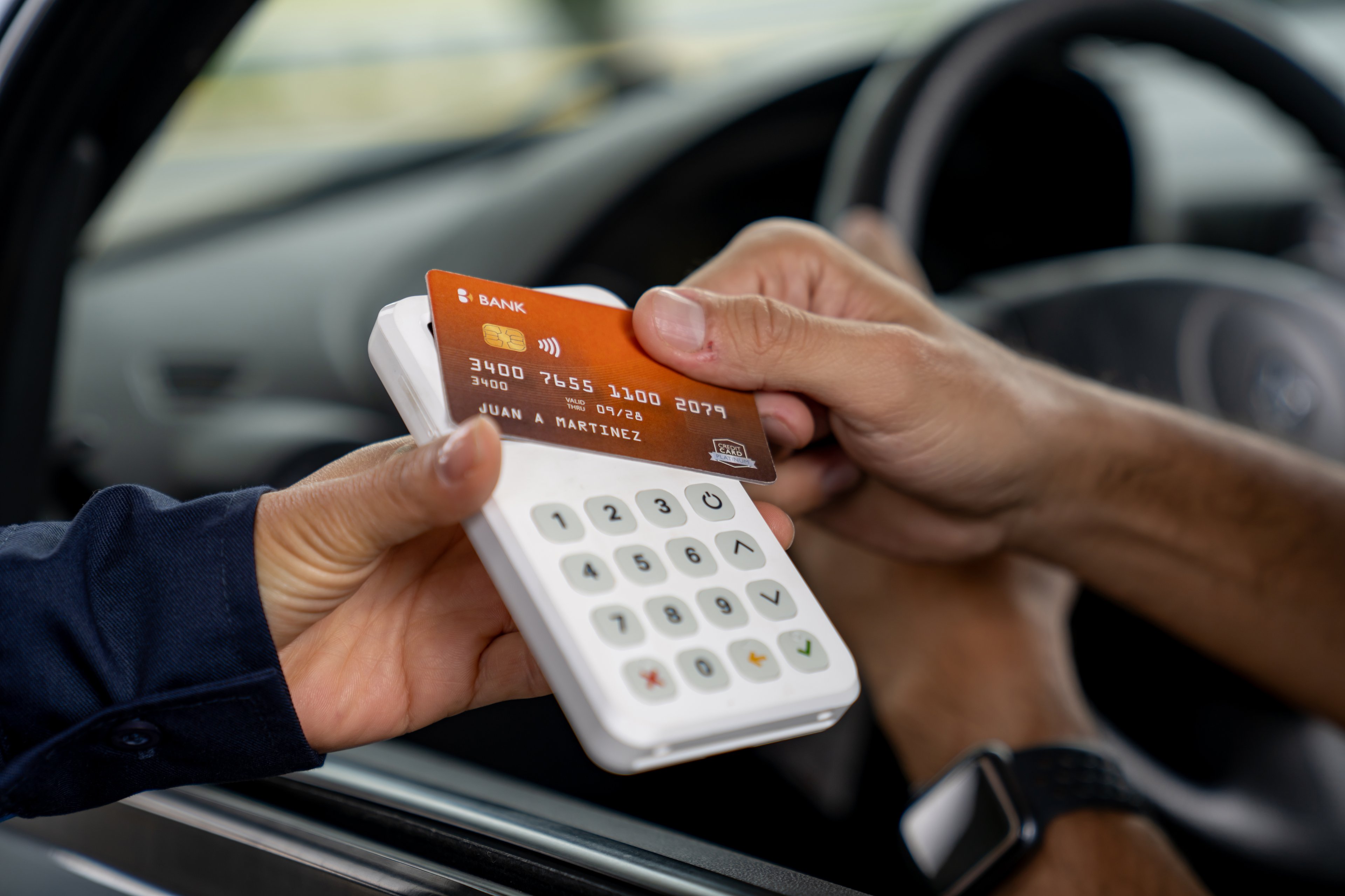
Image: MasterCard.
For years, MasterCard (MA +1.45%) has benefited from its strategy of expanding across the globe, taking advantage of faster international growth to try to play a leadership role in the world of electronic payment processing. Yet the combination of the strong U.S. dollar and competition from online payment specialists like PayPal Holdings (PYPL 0.05%) has forced MasterCard to up its game in order to keep up and defend its profitable card business.
With MasterCard set to announce its fourth-quarter results on Friday, investors hope that the company will manage to overcome its headwinds, and produce reasonable growth in revenue and earnings. Let's take a closer look at how MasterCard has fared recently, and what investors should expect going forward.
Stats on MasterCard
|
Analyst EPS Estimate |
$0.70 |
|
Change From Year-Ago EPS |
1.4% |
|
Revenue Estimate |
$2.55 billion |
|
Change From Year-Ago Revenue |
5.8% |
|
Earnings Beats in Past 4 Quarters |
3 |
Source: Yahoo! Finance.
Can MasterCard earnings keep climbing?
Investors have reined in their views in recent months on how much MasterCard earnings will be able to grow, cutting $0.05 per share from their fourth-quarter projections and cutting their full-year 2016 views by nearly $0.10 per share. The stock has reflected that increased concern, falling 10% since late October in a tough market environment.
MasterCard's third-quarter earnings report was a perfect example of just how much the card giant is struggling to overcome foreign-currency pressures. Revenue for the quarter grew 1.6%, but net income fell 4% from year-earlier levels. Yet MasterCard would have grown its sales by double-digit percentages had it not been for the 10 percentage-point hit that the strong U.S. dollar caused. Moreover, adjusted earnings per share would have climbed by 11% in a constant-currency comparison.
Yet the good news is that MasterCard's foreign business remains strong. In its most-recent quarter, the company reported that gross dollar volumes and purchase volumes climbed between 14% and 19% in constant-currency terms across all of its geographical regions internationally. By contrast, the U.S. market posted more-sluggish growth rates, but the 7.5% to 8% gains in gross dollar and purchase volume still accelerated from earlier in the year.
The big question that MasterCard faces is how effective mobile-payment solutions -- like those that PayPal Holdings has espoused -- will be in taking business away from the traditional card industry. So far, PayPal has done a good job of capturing market share within the U.S., but its international transaction-revenue figures haven't kept up the pace. About half of PayPal's revenue came from international markets, a figure that hasn't changed since mid-2014. In its two most-recent quarters, PayPal has actually seen growth in U.S.-based revenue come in faster than the international business -- even after accounting for currency impacts.
The longer-term threat that PayPal represents depends, in large part, on how long and to what extent the retail shift toward e-commerce will continue. Many customers continue to see PayPal as a means for conducting online commerce, given its traditional ties to marketplace and online auction transactions. MasterCard has to shed its reputation among millennials as an old-fashioned provider of payment services, and instead embrace competition in the e-commerce and mobile arenas. That will take work, but MasterCard has worked alongside some of its credit-card rivals to fend off PayPal and similar entrants to the industry.
In the MasterCard earnings report, be sure to look past the headline numbers to see what impact the strong U.S. dollar had on the card giant's results. More importantly, comments on how well the company is faring in its fight against PayPal should reveal some of MasterCard's long-term strategy. For MasterCard to bounce back from recent share-price weakness, it will need to establish that it can keep growing at a solid pace, even under the tough conditions that prevail right now.






